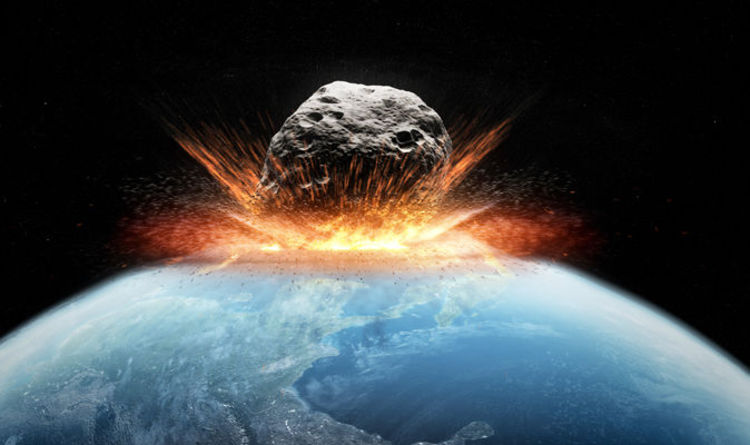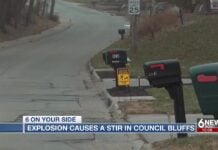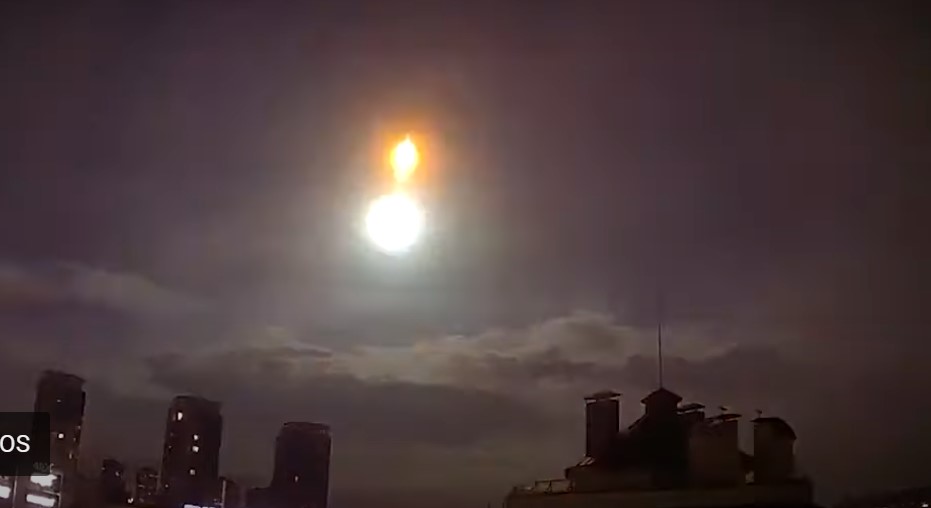“This is not about Hollywood, it’s not about movies. This is about ultimately protecting the only planet we know, right now, to host life and that is the planet Earth,” NASA Administrator Jim Bridenstine warned this week, adding:”More needs to be done now to prepare for the very real threat of an asteroid hitting Earth.“

Bridenstine discussed the impact of a meteor over Chelyabinsk, Russia, on Feb. 15, 2013. He said the meteor was only about 65 feet in diameter but it exploded with 30 times the energy of the atomic bomb that destroyed Hiroshima, Japan. More than 1,500 people were injured, and 7,200 buildings spread over six cities were damaged.
“I wish I could tell you that these events are exceptionally unique,” Bridenstine said, “but they are not. Modeling shows events like this will occur about once every 60 years,” he said.
He added that there has already been three such events in the past 100 years, one of which was the Tunguska event of 1908 that flattened hundreds of square miles of Siberian forest.
The third was in 1930 over the Curuça River in western Brazil (sorry, no video found!)
NASA and NEOs
Bridenstine said NASA is working to meet the mandate set down by Congress in 2005 to detect, track and characterize 90% of Near-Earth Objects that are 460 feet (140 meters) in diameter or larger. However, he said the agency is only a third of the way there.
Of the 25,000 NEOs thought to exist, Bridenstine said, about 8,300 have been detected.
He said the reason he was addressing the world’s experts on the threat asteroids pose to Earth is to get their help and that of their home countries in meeting the goals of the 2018’s National Near-Earth Object Preparedness Strategy and Action Plan.
“This is a priority of the United States. And we want it to be a priority of the world. We want more international partners that can join us in this effort,” he said.
He pointed out that a 140-meter asteroid “is big enough to destroy a state. … It’s big enough to destroy an entire European country.“
Bridenstine laid out the goals of the NEO Plan, which include enhancing the ability to detect, track and characterize NEOs and improving the modeling and prediction of where an NEO might be 100 years from now.
Smaller objects and international cooperation
He also said the Chelyabinsk event shows we may not have warning about smaller objects, so modeling of what happens when one does strike the Earth needs to improve.
Finally, he said more international participation and cooperation is vital, especially with discussions of what emergency procedures to take after an impact. Attendees at the conference are participating in a table-top exercise that explores the steps to take after fictional asteroid impact.
We know for a fact that the dinosaurs did not have a space program. We know that to be true. But we do, and we need to use it.
Follow us on FACEBOOK and TWITTER. Share your thoughts in our DISCUSSION FORUMS. Donate through Paypal. Please and thank you
[Whitehouse, NASA, IAA, Weather.com]











